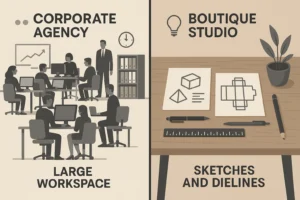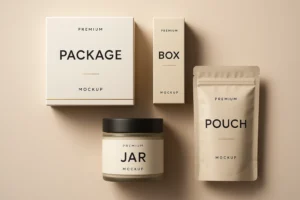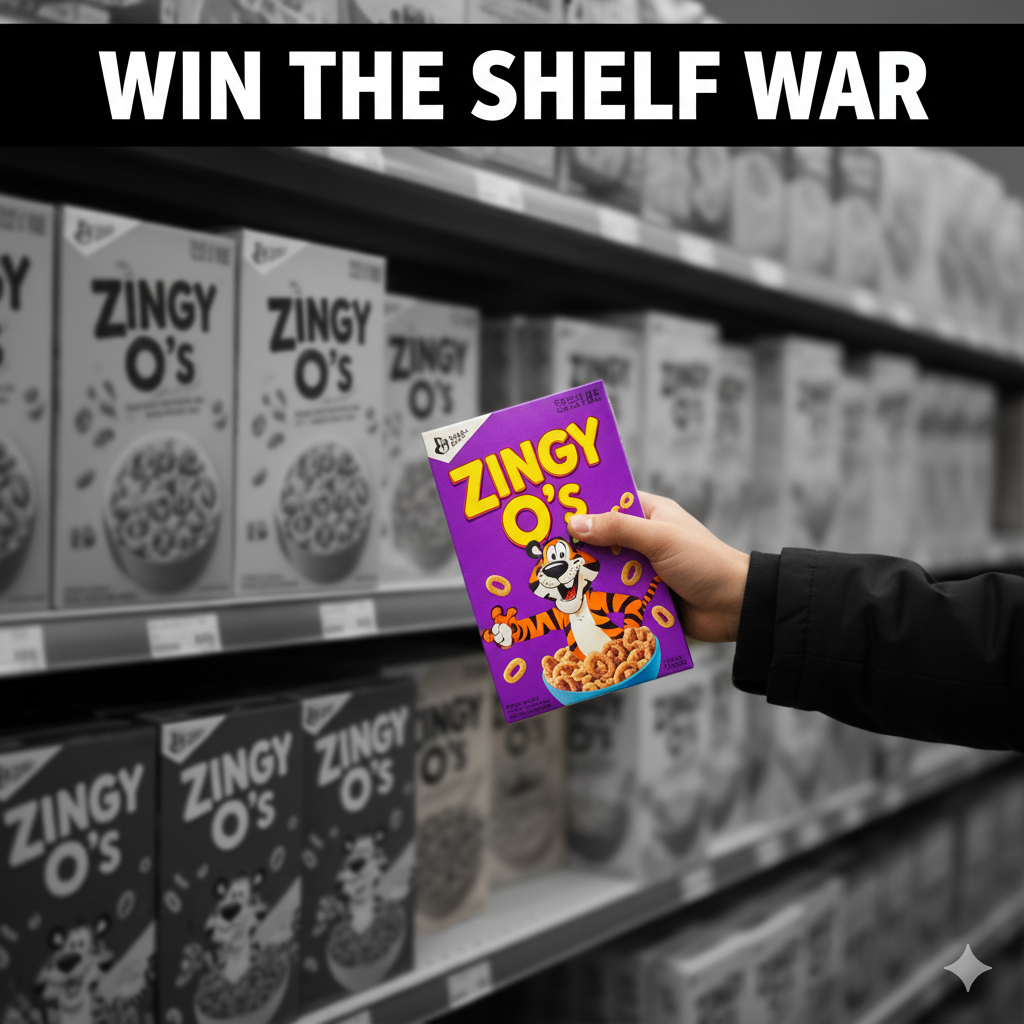Packaging Design Companies: How to Pick the Right Partner for ROI in 2025
If your product is great but it’s not moving, the problem often isn’t the formula—it’s the box. The right packaging design companies don’t just make things pretty; they translate positioning into shelf impact, compliance, and conversion. In this guide, you’ll learn how top packaging design companies work, how to shortlist the right partner, what to expect on timeline and cost, and how to measure results after launch.
Why Packaging Design Still Wins on the Shelf (and Online)
Attention has never been more expensive. Whether it’s a retail aisle or a thumb-scroll on an e-commerce page, your package gets a split-second to communicate value. Strong packaging design companies build that “blink-test” clarity by aligning five levers:
-
positioning and narrative, 2) visual hierarchy, 3) structure and materials, 4) regulatory and print constraints, and 5) 3D/CGI that sells the experience before a shopper even touches the pack.
Pro tip: Ask for a clear information hierarchy mock (front-panel first). Great partners will show how headline, benefit, variant, and claims stack at 1–2 meters viewing distance.
What the Best Packaging Design Companies Actually Do
Top packaging design companies offer an end-to-end pathway from idea to print:
-
Research & strategy: audience, competitors, claims, and regulatory guardrails.
-
Brand system & architecture: logo/wordmark optimization, typography rules, color codex, variant logic.
-
Structure & dielines: format selection (jar/box/pouch), dieline creation, and print specs.
-
Design exploration: moodboards → routes → refinements.
-
3D visualization & animation: photoreal renders for e-commerce and fundraising decks.
-
Pre-press & production: print-ready PDFs, color profiles, white ink layers, spot varnish, foils, emboss/deboss, QC checklist.
-
Launch toolkit: mockups, listing assets, lifestyle imagery, and a mini brand guide.
If a partner can’t show 3D renders or print-tested dielines, they’re not full-stack.

Boutique Studio vs. Big Agency vs. Solo Expert
Different packaging design companies fit different stages:
-
Boutique studios (2–10 people): fast collaboration, founder-level attention, cost-efficient for startups and DTC.
-
Mid-size agencies (10–50): deeper research, layered QA, scalable for multi-SKU portfolios.
-
Solo experts: laser-focused craft, budget-friendly, perfect for quick line extensions or refreshes.
Your choice should reflect SKU count, regulatory demands, and speed-to-market.
Shortlisting: A 10-Minute Scorecard
Evaluate packaging design companies with this quick rubric (score 1–5 each):
-
Category relevance (have they shipped in your niche?)
-
Regulatory confidence (supplements/cosmetics/food compliance fluency)
-
Print readiness (spot colors, varnish, foils, CMYK profiles, dieline accuracy)
-
3D capability (CGI that matches print)
-
Storytelling (can they turn features into benefits at a glance?)
-
Process clarity (milestones, rounds, file list)
-
Speed & reliability (past client timelines)
-
Value (fixed scope, no surprise fees)
Anything below 32/40—keep searching.
Timeline & Deliverables: What “Good” Looks Like
A typical new SKU with one format:
-
Week 1: discovery, competitor sweep, brief confirmation
-
Week 2–3: two to three design routes, mockups, first 3D previews
-
Week 4: refinement, color/material callouts, print house alignment
-
Week 5: final art, pre-press files, 3D/hero images for Amazon or Shopify
Deliverables from professional packaging design companies should include: editable source files, print-ready PDFs (with bleeds, dielines, and spot layers), 3D PNGs/JPGs, and a mini style sheet.
Budget Benchmarks (So You Don’t Overpay)
Rates vary by complexity and risk:
-
Label refresh (1 SKU): $300–$800 (solo) / $800–$2,500 (studio)
-
Full box + label system: $1,500–$4,500 (studio) / $5,000–$12,000 (agency)
-
Portfolio system (4–8 SKUs + brand rules): $6,000–$20,000+
Insist on a scope table: rounds included, file formats, and what constitutes “change of scope.”
In-House vs. External Partners
In-house shines for speed on minor updates. Packaging design companies outperform when you need fresh positioning, complex compliance, or production-grade pre-press. Many brands blend both: agency for the master system, in-house for extensions.
Real Work You Can Inspect (Internal Links)
-
See a bold, youth-centric look in this product packaging design case: KickBallz (energy bubblegum) — strong hierarchy, flavor variants, and 3D renders.
→ Internal: KickBallz product packaging design -
Food category example with structure + label system:
→ Internal: Sushi packaging design -
Supplements/pet niche with compliance-minded layouts and print-ready files:
→ Internal: Dog supplement label design
How to Brief Like a Pro (Copy-Paste Template)
-
Product + variant(s)
-
Target buyer + price point
-
Must-have claims & certifications
-
Competitors you respect (and why)
-
Print method + material (if known)
-
Retailer/e-commerce requirements (image sets, sizes)
-
Timeline, rounds, and decision makers

Measuring ROI After Launch
Track: add-to-cart rate (PDP with new hero images), conversion rate lift, sample-to-purchase, and review tags mentioning “packaging.” Great packaging design companies help you instrument these before you launch.
Ready to move fast?
If you want boutique-level speed with agency-grade 3D and print files, view the portfolio links above—or reach out directly here:
Hire on Upwork: https://www.upwork.com/freelancers/usmananimations
FAQs (with FAQ Schema)
Q1. How do I choose between packaging design companies?
Shortlist by category experience, print readiness, 3D capability, and a transparent process. Ask for a file checklist and sample pre-press PDFs.
Q2. What files should I receive at the end?
Editable sources (AI/PSD), print-ready PDFs with bleeds and dielines, spot/white ink layers as needed, and high-res 3D mockups for e-commerce.
Q3. How long does it take to design one SKU?
Typically 3–5 weeks from discovery to pre-press, depending on revisions and printer coordination.
Q4. What’s the difference between a printer and a packaging design company?
Printers manufacture; packaging design companies develop the strategy, visuals, and production-ready art so printers can run accurately.
Q5. How can I avoid reprint mistakes?
Lock claims early, get a printer’s spec sheet, approve color targets, and request a live or digital proof before the mass run.
Q6. Do I need 3D renders if I’m selling in retail only?
Yes—3D is invaluable for sell-in decks, planograms, and rapid variant approvals even if your main channel is physical retail.





